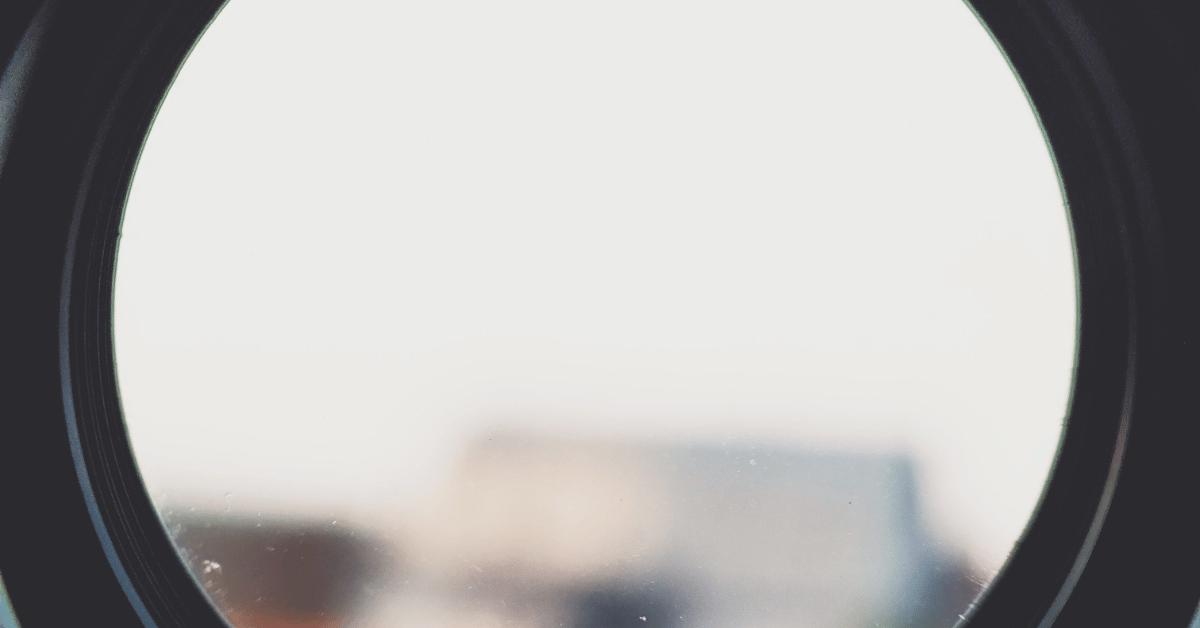Lens shift is a useful feature in projectors that allows users to adjust the position of the image without moving the projector. This can be especially helpful in situations where the projector cannot be placed directly in front of the screen or when there are obstructions in the way. However, some people may wonder if lens shift can distort the image in any way. In this article, we’ll explore whether or not lens shift can distort images and what factors to consider when using this feature. Whether you’re a home theater enthusiast or a business professional, understanding the effects of lens shift can help you make the most of your projector and ensure a high-quality image display.
Table of Contents
Does Lens Shift Distort Images?
Lens shift is a feature in projectors that allows users to adjust the position of the image without moving the projector. This is a useful feature, as it allows you to position the projector off-center or above/below the screen and still get a perfectly aligned image. However, some people may wonder if lens shift can distort the image in any way. In this article, we’ll explore whether or not lens shift can distort images and what factors to consider when using this feature.
The short answer is no, lens shift does not typically distort images. In fact, it is designed to maintain the integrity of the image while allowing for greater flexibility in projector placement. However, there are a few factors to consider when using lens shift to ensure that the image remains clear and accurate.
- Quality of the Lens Shift Mechanism
The quality of the lens shift mechanism can impact the accuracy of the image. A poorly designed mechanism may introduce slight distortions or blurring, especially at the edges of the image. When choosing a projector with lens shift, it’s important to choose a reputable brand with a high-quality mechanism.
- Distance and Angle of Lens Shift
The distance and angle of lens shift can also impact the accuracy of the image. In general, it’s best to keep the shift within the recommended range specified by the manufacturer. If the shift is too extreme, it may result in image distortion or blurring.
- Screen Size and Aspect Ratio
The screen size and aspect ratio can also impact the accuracy of the image when using lens shift. It’s important to choose a screen size and aspect ratio that is compatible with your projector and lens shift mechanism. If the screen is too large or the aspect ratio is incorrect, it may result in image distortion or blurring.
- Keystone Correction
Keystone correction is a feature in some projectors that corrects image distortion caused by a tilted projector. While keystone correction can be useful, it can also impact image quality. If possible, it’s best to avoid using keystone correction and instead rely on lens shift for image adjustment.
Does Lens Shift Affect Picture Quality?
Lens shift is a feature in projectors that allows users to adjust the position of the image without moving the projector. This feature is especially useful when it’s not possible to position the projector directly in front of the screen or when there are obstructions in the way. Some people may wonder whether lens shift affects picture quality. In general, lens shift does not significantly affect picture quality, as long as it is used properly and within the manufacturer’s recommended range.
When using lens shift, it’s important to consider the following factors to ensure that picture quality is not affected:
- Quality of the Lens Shift Mechanism: The quality of the lens shift mechanism can impact the accuracy of the image. A poorly designed mechanism may introduce slight distortions or blurring, especially at the edges of the image. When choosing a projector with lens shift, it’s important to choose a reputable brand with a high-quality mechanism.
- Distance and Angle of Lens Shift: The distance and angle of lens shift can also impact the accuracy of the image. It’s best to keep the shift within the recommended range specified by the manufacturer. If the shift is too extreme, it may result in image distortion or blurring.
- Screen Size and Aspect Ratio: The screen size and aspect ratio can also impact the accuracy of the image when using lens shift. It’s important to choose a screen size and aspect ratio that is compatible with your projector and lens shift mechanism. If the screen is too large or the aspect ratio is incorrect, it may result in image distortion or blurring.
- Keystone Correction: Keystone correction is a feature in some projectors that corrects image distortion caused by a tilted projector. While keystone correction can be useful, it can also impact image quality. If possible, it’s best to avoid using keystone correction and instead rely on lens shift for image adjustment.
In conclusion, lens shift does not significantly affect picture quality when used properly and within the manufacturer’s recommended range. By considering the quality of the lens shift mechanism, the distance and angle of lens shift, the screen size and aspect ratio, and avoiding keystone correction, you can ensure that the image remains clear and accurate when using lens shift.
Conclusion
In conclusion, lens shift does not typically distort images, but there are several factors to consider when using this feature to ensure that the image remains clear and accurate. By choosing a high-quality projector with a reliable lens shift mechanism, using lens shift within the recommended range, choosing a compatible screen size and aspect ratio, and avoiding keystone correction, you can enjoy a high-quality, distortion-free image display from your projector.

